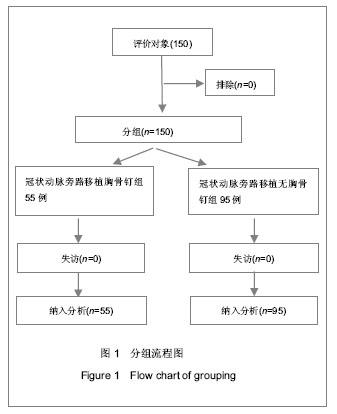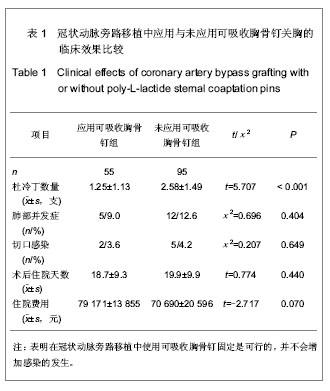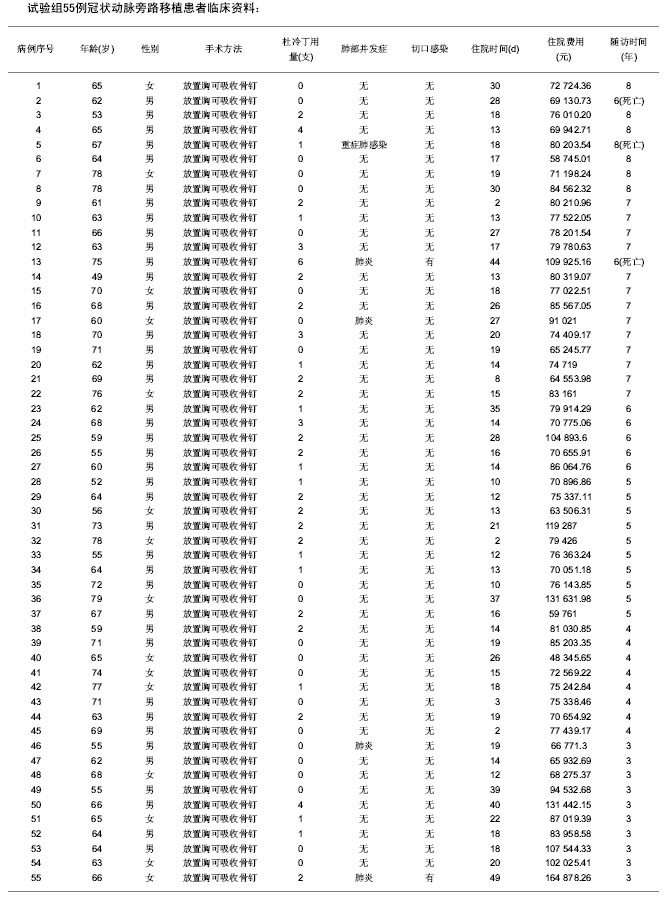| [1] Vainionpaa SI,Vihtonen K.Bioabsorbable fixation in or-thopaedic surgery and traumatology. Biomaterials. 2000;21(24):2607-2613.
[2] Bostman O,Pihlajamaki H.Clinical biocompatibility of biodegradable orthopaedic implants for internal fixation. Bio-materials.2000;21(24):2615-2621.
[3] Rokkanen PU,Bostman O,Patiala H,et al.Bioabsorbable fixation in orthopaedic surgery and traumatology.Biomaterials. 2000;21(24):2607-2613.
[4] Kim SH,Lee YH,Chung SW,et al.Outcomes for four-part proximal humerus fractures treated with a locking compression plate and an autologous iliac bone impaction graft.Injury.2012;43(10):1724-1731.
[5] Ye T,Chen A,Yuan W,et al.Management of grade III open dislocated ankle fractures: combined internal fixation with bioabsorbable screws/rods and external fixation.J Am Podiatr Med Assoc.2011;101(4):307-315.
[6] Bostman O,Partio E,Hivensalo E,et al.Foreign - body reaction to polyglycolide screws . Observations in 24/216 malleolar fracture cases.Acta Orthop Scand.1992;63(2):173-174.
[7] Vainionpaa S,Rokkanen P,Tormala P.Surgical applications of biodegradable polymers in human tissues.J Prog Polym Sci.1989;14:679-688.
[8] Pang X,Zhuang XL,Tang ZH,et al.Polylactic acid(PLA): Re-search, development and industrialization.Biotechnol J.2010;5(11):1125-1136.
[9] Vasir JK,Labhasetwar V.Biodegradable nanoparticles for cytosolic delivery of therapeutics.Adv Drug Deliv Rev. 2007;59(8):718-728.
[10] Wang JP,Feng SS,Wang S,et al.Evaluation of cationic nano-particles of biodegradable copolymers as siRNA delivery system for hepatitis B treatment. Int J Pharm.2010; 400(1-2):194-200.
[11] Hong Z,Zhang P,He C,et al.Nano-composite of poly(L-lactide) and surface grafted hydroxyapatite: mechanical properties and biocompatibility. Biomaterials.2005;26(32):6296-6304.
[12] Oh JK.Polylactide(PLA)-based amphiphilic block copolymers: synthesis, self-assembly,and biomedical applications.Soft Matter.2011;7(11): 5096-5108.
[13] Rasal RM,Janorkar AV,Hirt DE. Poly(lactic acid) modifications. Prog Polym Sci.2010;35(3):338-356.
[14] Vert M,Christel P,Chabot F,et al.Macromolecular Biomaterial Bocaraton.Florida:CRC-Press Inc,1984:120.
[15] Bhatia SK,Yetter AB.Correlation of visual in vitro cytotoxicity measurements. Cell Biol Toxicol.2008;24(4):315-319.
[16] 华琨,王小威,张维,等.PBS/PLA 共混材料的制备及其细胞相容性研究[J].南方医科大学学报,2010,30(7):1501-1504.
[17] Hasan MS,Ahmed I,Parsons A,et al.Cytocompatibility and mechanical properties of short phosphate glass fibre reinforced polylactic acid(PLA) composites: effect of coupling agent mediated interface.J Funct Biomater.2012;3(4): 706-725.
[18] 杨春瑜,杨春莉,田晓红,等.改性羟基磷灰石/聚乳酸复合材料制备及其生物相容性评价[J].西安交通大学学报,2010,44(12): 114-118.
[19] Ma HB,Su WX,Tai ZX,et al.Preparation and cytocompatibility of polylactic acid/ hydroxyapatite/graphene oxide nanocomposite fibrous membrane.Chin Sci Bull.2012;57(23): 3051-3058.
[20] He ZQ,Xiong LZ.In vitro response of fibroblasts to poly-L-lactide composite materials containing bovine bone.Polymers& Polymer Composites.2012;20(6): 531-535.
[21] Lee HY,Jin GZ,Shin US,et al.Novel porous scaffolds of poly(lactic acid) produced by phase-separation using room temperature ionic liquid and the assessments of biocompatibility.J Mater Sci Mater Med.2012;23(5): 1271-1279.
[22] Wang DK,Varanasi S,Hill DJT,et al.The influence of composition on the physical properties of PLA-PEG-PLA-co-Boltorn based polyester hydrogels and their biological performance.J Mater Chem.2012;22(14): 6994-7004.
[23] Yang J,Liu F,Tu S,et al.Haemo- and cytocompatibility of bioresorbable homo- and copolymers prepared from 1,3-trimethylene carbonate, lactides, and epsilon-caprolactone. J BiomedMater Res A.2010;94(2): 396-407.
[24] Zhang Z,Ni J,Chen L,et al.Biodegradable and thermoreversible. PCLA-PEG-PCLA hydrogel as a barrier for prevention of post-oper- ative adhesion.Biomaterials. 2011; 32(21):4725-4736.
[25] Liu H,Li X,Niu X,et al.Improved hemocompatibility and endothelialization of vascular grafts by covalent immobilization of sulfated silk fibroin on poly(lactic-co-glycolic acid) scaffolds. Biomacromolecules.2011;12(8):2914-2924.
[26] 向忠,李红,潘一峰.聚乳酸/羟基磷灰石纳米复合材料的生物相容性研究[J].中国现代医学杂志,2011,21(16):1861-1863.
[27] 华琨,王小威,张维,等.PBS/PLA 胸骨可降解材料组织相容性实验研究[J].第三军医大学学报,2010,32(20):2205-2210.
[28] Yu L,Zhang Z,Zhang H,et al.Biodegradability and biocompatibility of thermoreversible hydrogels formed from mixing a soland a precipitate of block copolymers in water. Biomacromolecules.2010;11(8):2169-2178
[29] Zhang Z,Cui HF.Biodegradability and biocompatibility study of poly(chitosan-g-lactic acid) scaffolds. Molecules.2012;17(3): 3243-3258.
[30] 王建利,陈刚,王珏,等.可吸收胸骨钉的临床应用[J].现代中西医结合杂志, 2008,17(27):4285-4286.
[31] Tanaka T,Okawa Y,Ishida N,et a1.Clinical studies of bioabsorbable poly-L-lactide sternal coaptation pins.J Cardiovasc Surg(Torino).2001;42(6):749-751. |


